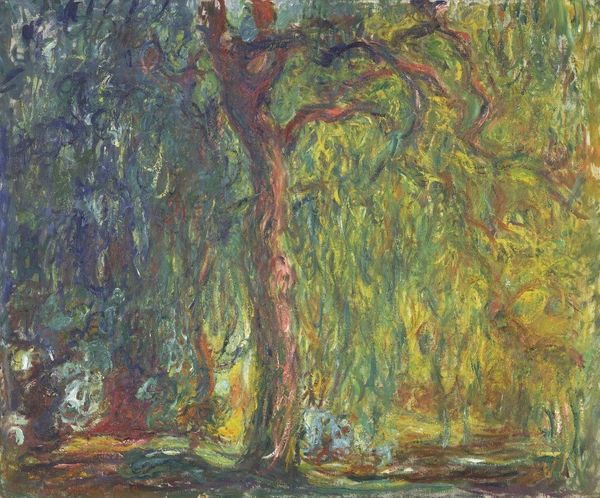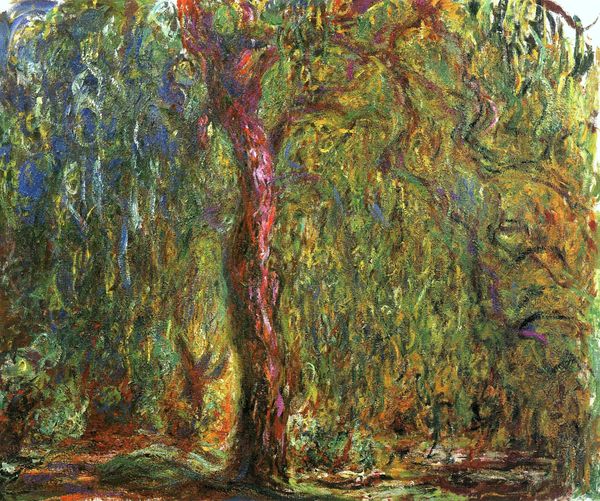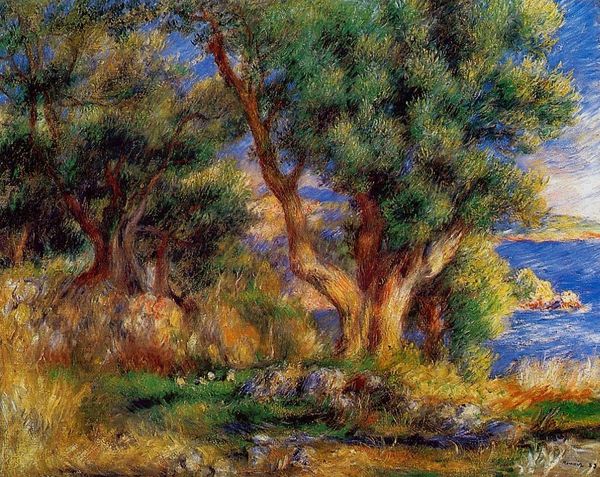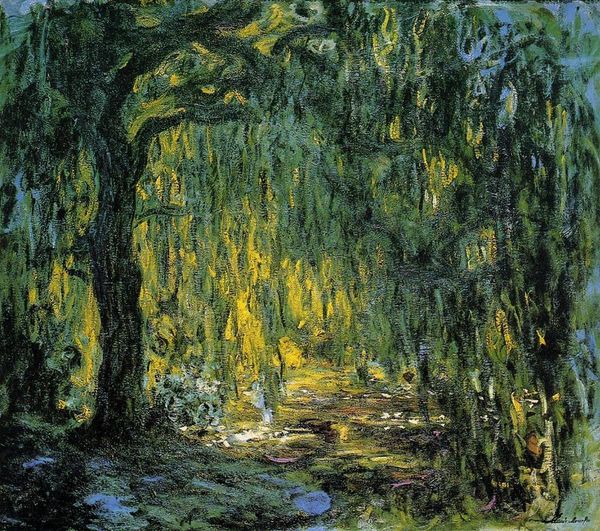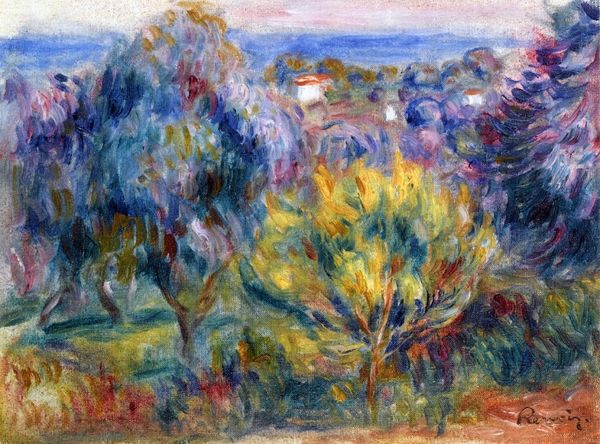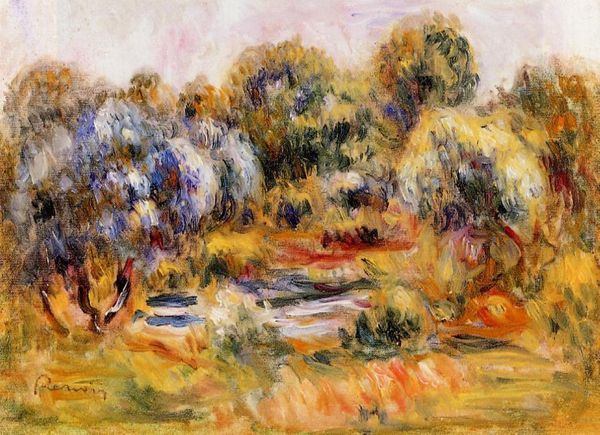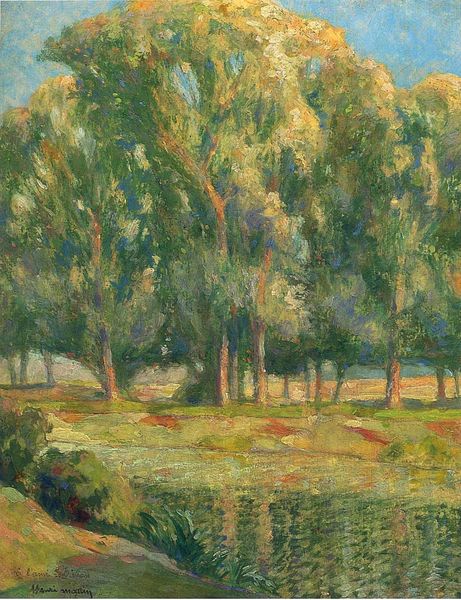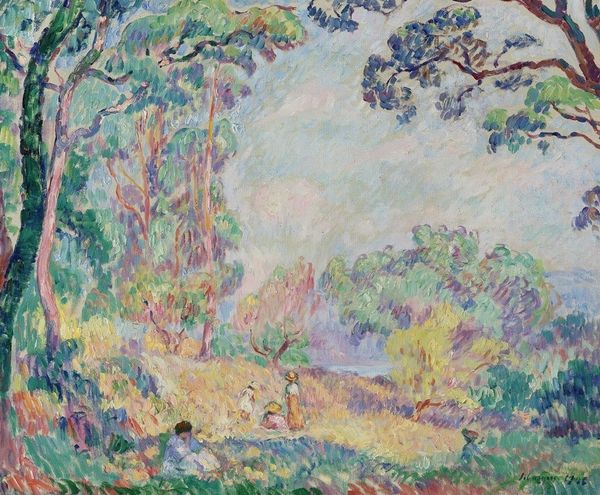
Copyright: Public domain
Claude Monet made this painting, Weeping Willow, with oil on canvas. The texture is built up from many separate dabs of pigment, using a technique called impasto. Monet was interested in depicting the effects of light and atmosphere, more than in naturalistic representation, and the paint handling reflects this. It is not blended smoothly, but rather laid on with distinct brushstrokes. This gives the surface a lively, almost vibrating quality. The social context here is a shift in painting practice; before the Impressionists, artists were more likely to conceal their process, giving the impression of effortless skill. Monet instead leaves visible traces of his labor, presenting the painting as a record of perception rather than a polished illusion. This reminds us that the distinction between fine art and craft is, in the end, an artificial one. The real story is always in the making.
Comments
No comments
Be the first to comment and join the conversation on the ultimate creative platform.
